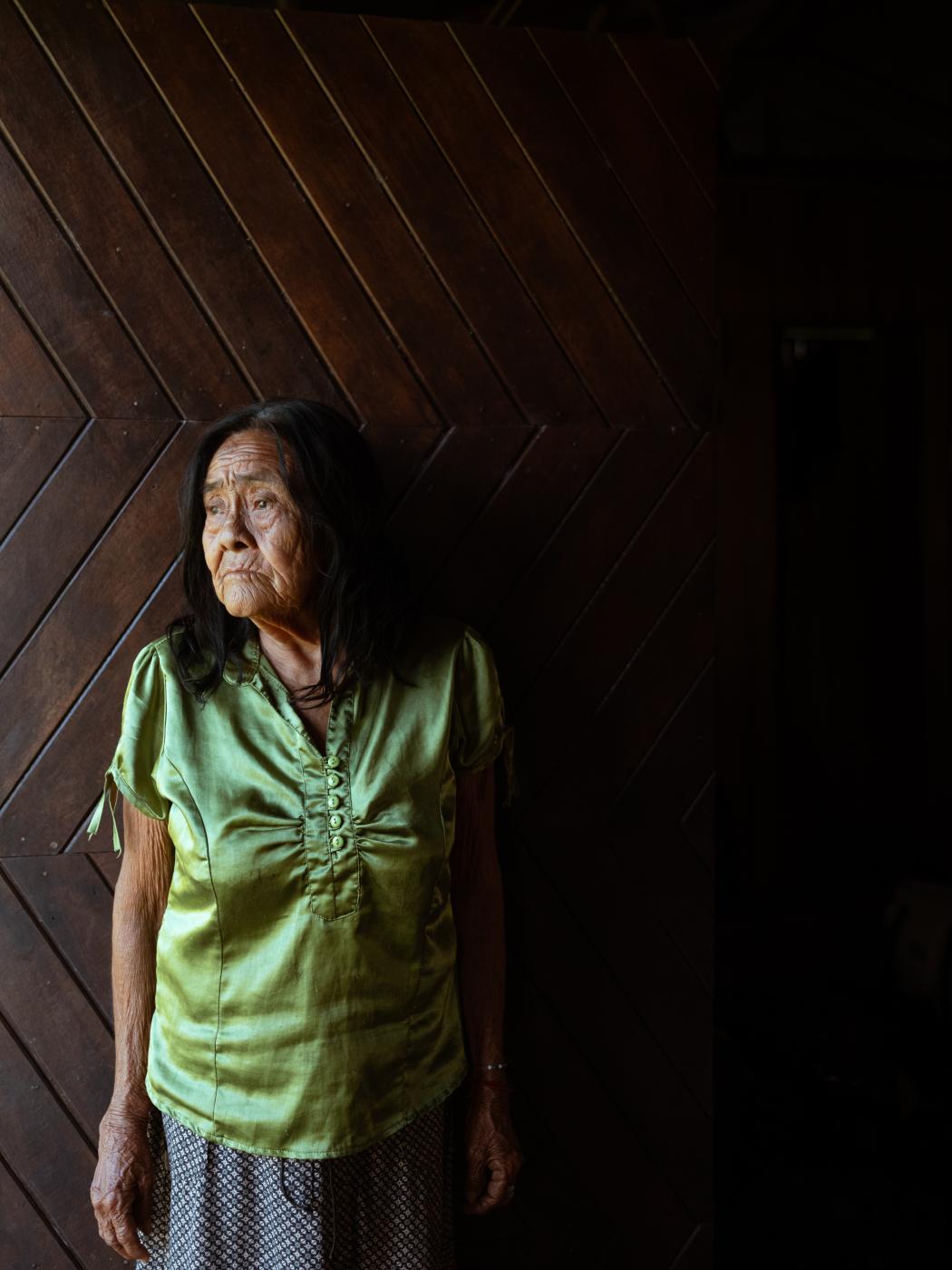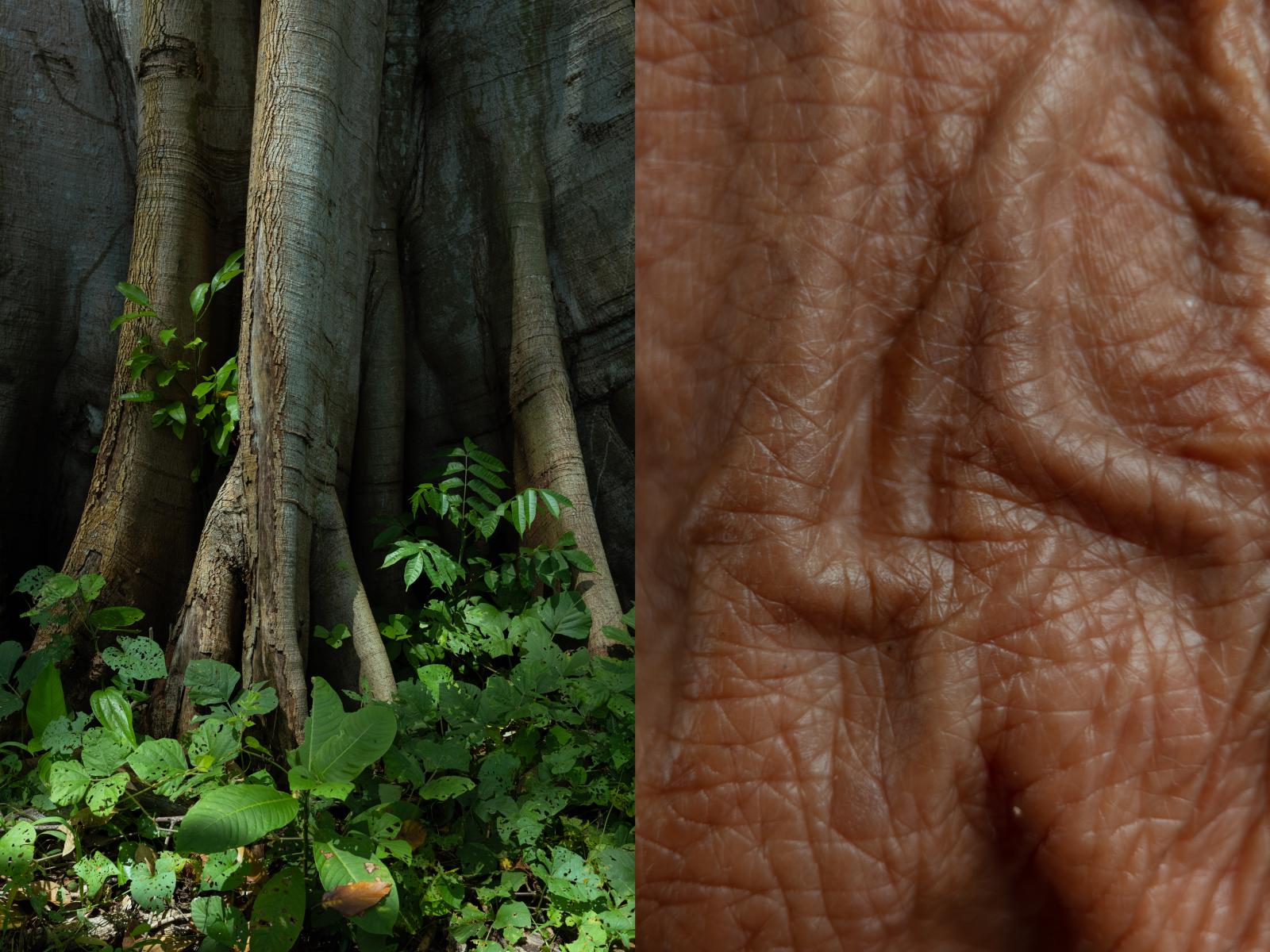Around the world, researchers are fighting a losing battle to save the world’s linguistic diversity. The most optimistic estimates suggest that half the estimated 5,000 languages spoken today, from Siberia to the Australian Outback, Africa to the Amazon, could vanish by the end of the century. The U.N. Department of Economic and Social Affairs warns that as many as 95 percent could be “extinct or seriously endangered” by 2100.
The tale of linguistic loss is common across the Amazon, in many ways the last front line in the clash of cultures that was ignited in 1492 by the arrival of Europeans in the Western Hemisphere.
Saving Iskonawa is particularly tough for Nelita Campos, an Indigenous Iskonawa elder. Officially, she is 82, although it is thought that the date of birth recorded in government records — Dec. 30, 1940 — was plucked from thin air by the functionary who happened to be working in the remote jungle outpost of the Peruvian state where, as a young adult, her existence was formally registered for the first time.
Zariquiey and Campos’s time-consuming work is both a labor of love and a race against the clock or, more specifically, against Campos’s mortality, an effort to document for posterity not just this rarest of languages, but also the unique, irreplaceable culture and knowledge it encodes.
Text by Simeon Tegel












